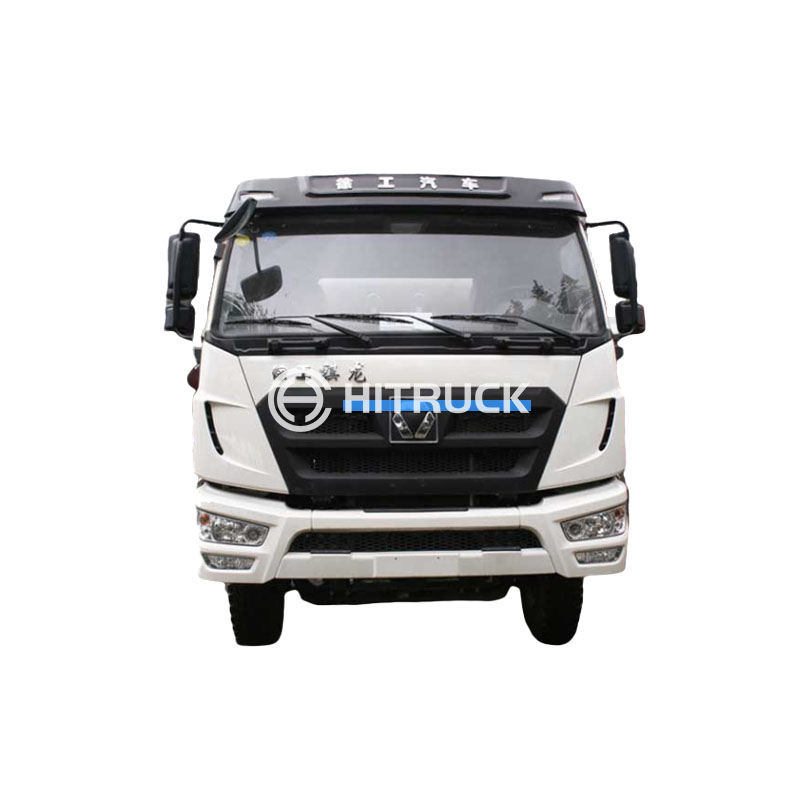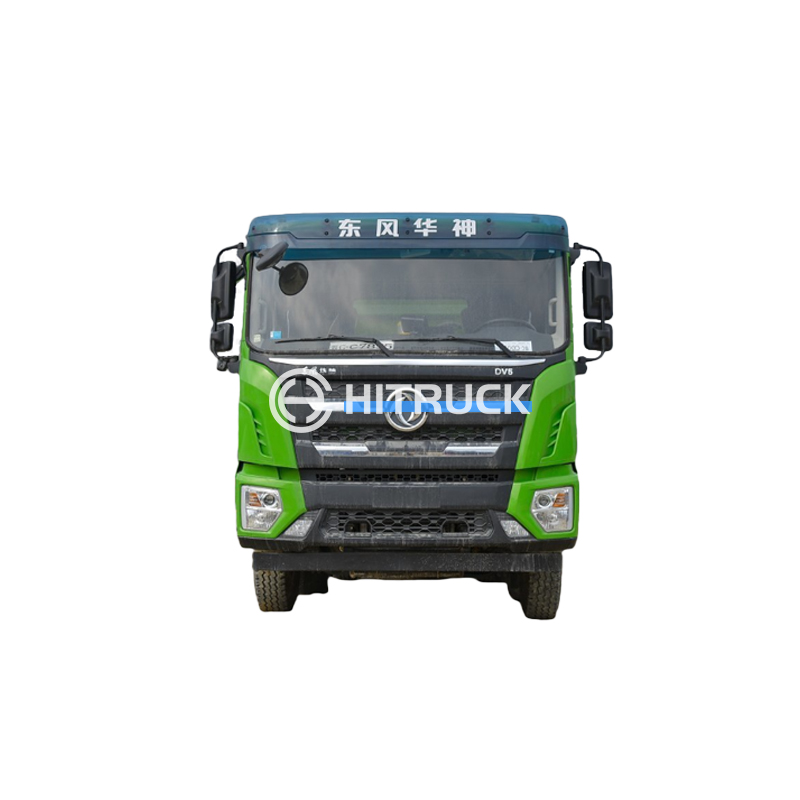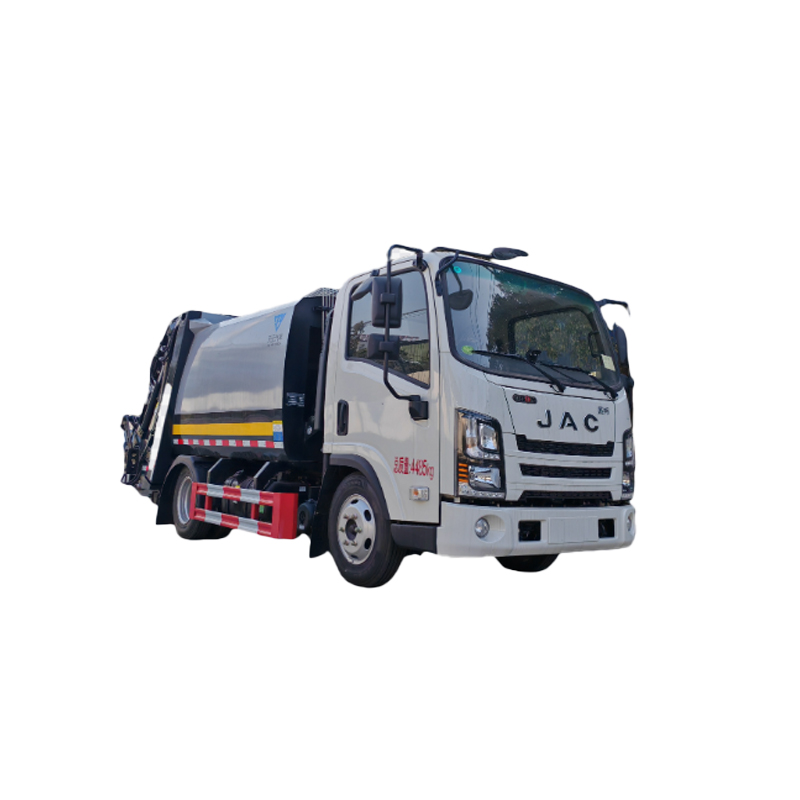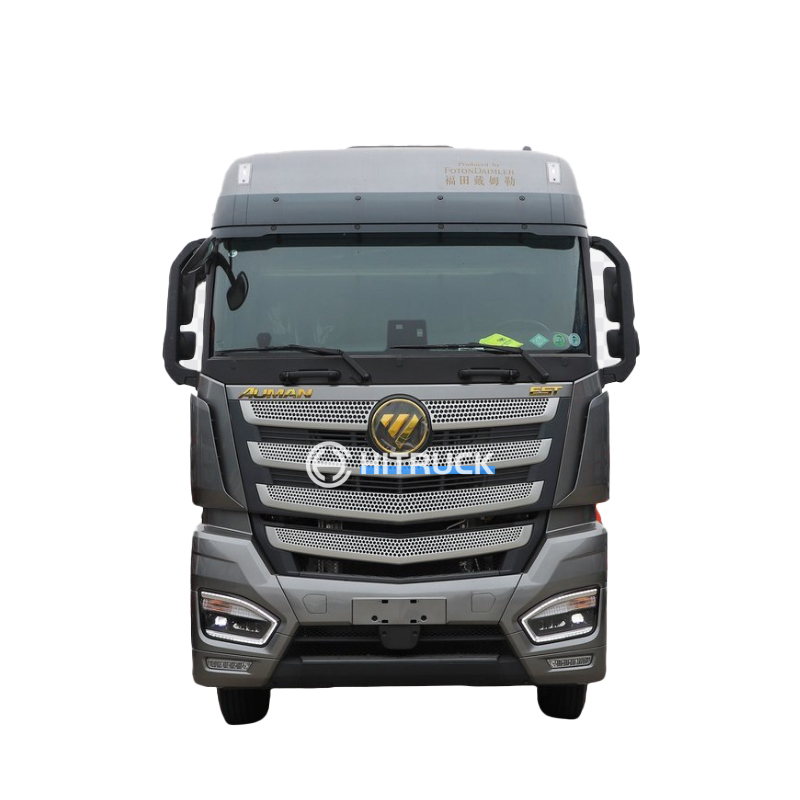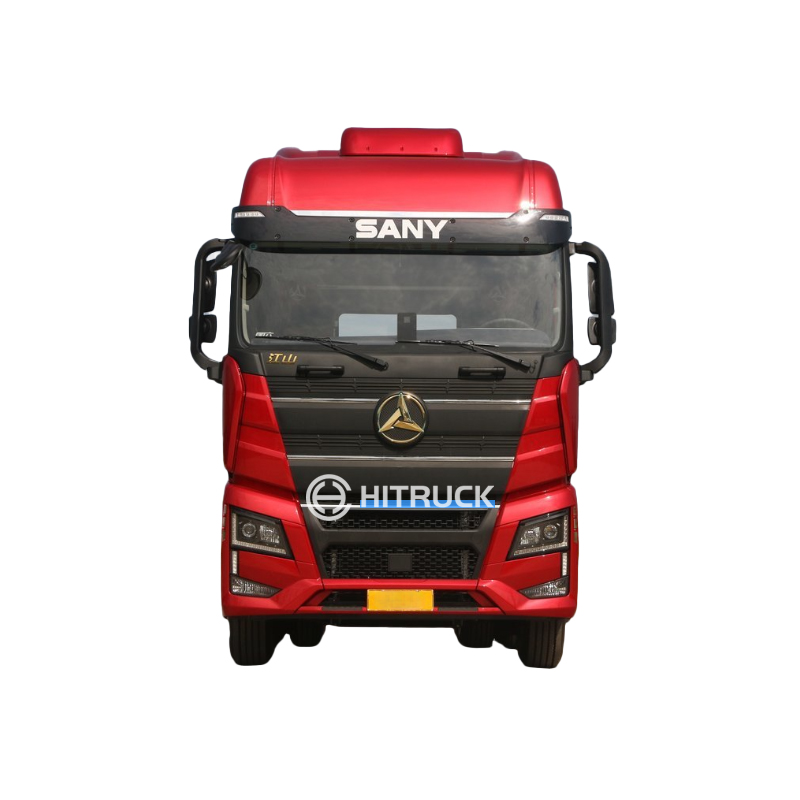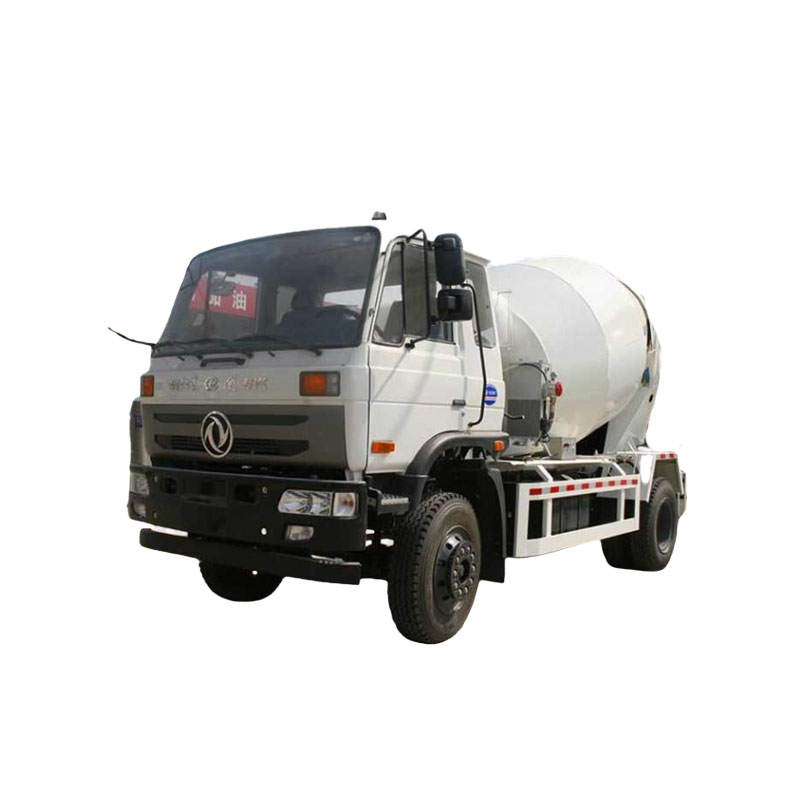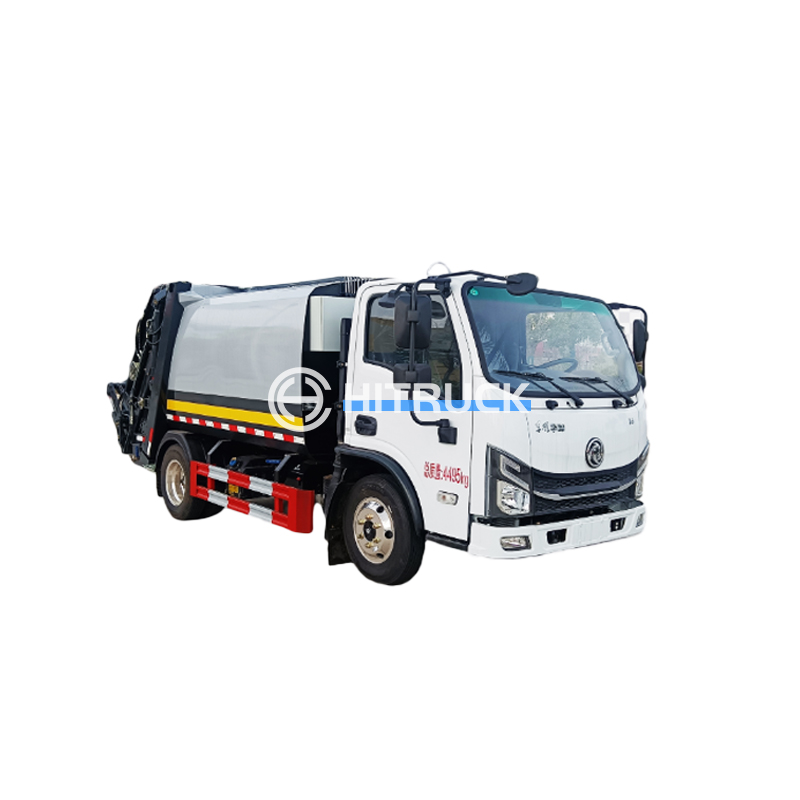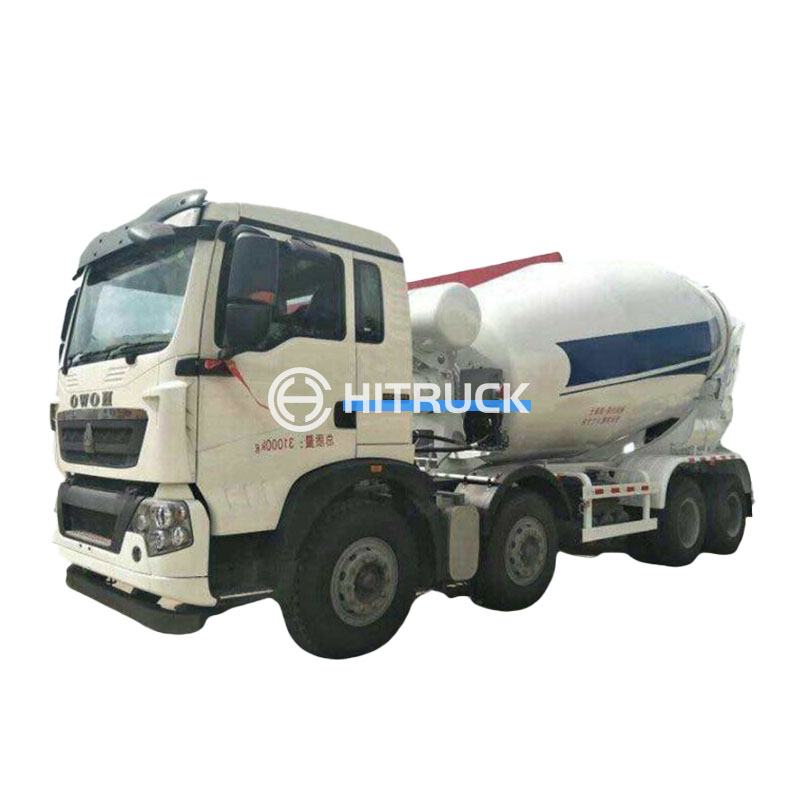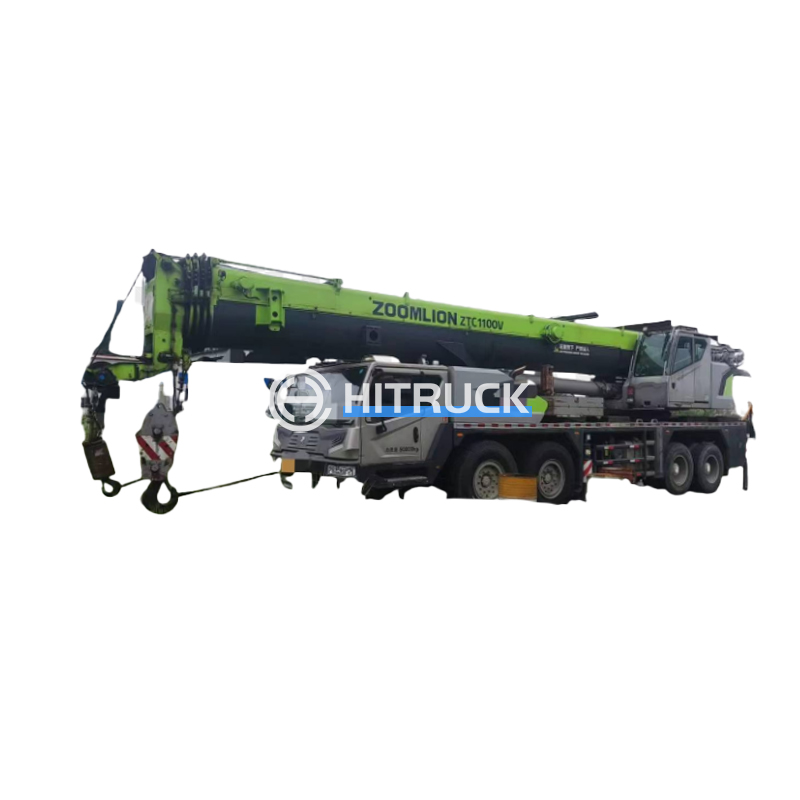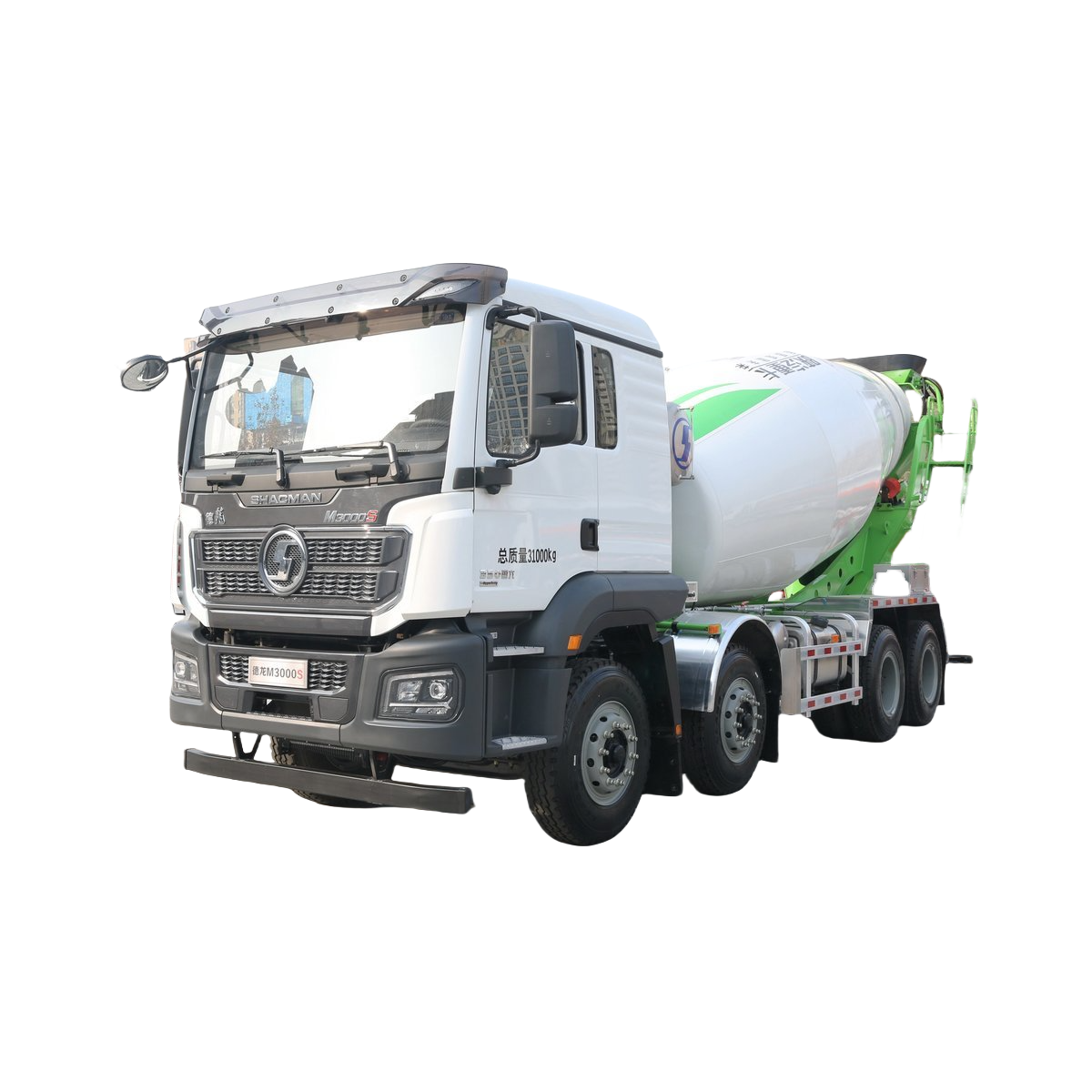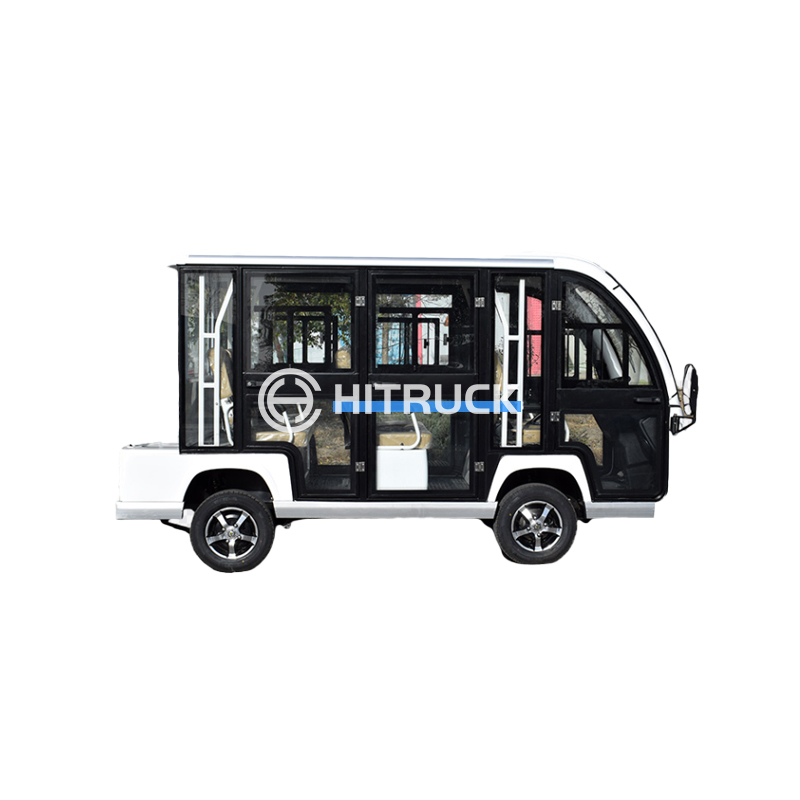Crawler Crane: A Comprehensive GuideThis article provides a detailed overview of crawler cranes, exploring their design, applications, advantages, disadvantages, and key considerations for selection and operation. We'll cover various types, safety procedures, and maintenance tips to ensure efficient and safe use.
Crawler cranes, also known as tracked cranes, are powerful lifting machines used across diverse industries. Their unique design, featuring continuous tracks instead of wheels, provides unparalleled stability and maneuverability, especially on uneven terrain. This guide will delve into the intricacies of these robust machines, covering everything from their fundamental mechanics to advanced operational techniques.
The defining feature of a crawler crane is its continuous track system. This design distributes weight evenly, reducing ground pressure and enabling operation on soft or uneven surfaces where wheeled cranes would struggle. The undercarriage, encompassing the tracks, drive motors, and supporting structure, is engineered for durability and stability, crucial for handling heavy loads.
Crawler cranes come with various boom and jib configurations to adapt to different lifting requirements. The boom is the primary lifting structure, and its length determines the crane's reach. Jibs are extensions attached to the boom, further increasing its reach and lifting capacity in specific directions. The choice of boom and jib depends on the specific job and load requirements.
The hoisting mechanism is the heart of the crawler crane, responsible for lifting and lowering loads. Modern cranes incorporate advanced control systems, offering precise and safe operation. These systems often feature load moment indicators (LMIs) to prevent overloading and ensure stability. Understanding these control systems is vital for safe operation.
Crawler cranes find applications in various sectors, including:
Let's compare the pros and cons of using a crawler crane:
| Advantages | Disadvantages |
|---|---|
| Excellent stability on uneven terrain | Slower setup and relocation compared to wheeled cranes |
| High lifting capacity | Requires more space for operation |
| Maneuverability on rough surfaces | Higher initial investment cost |
| Suitable for long-term projects | Limited road travel speed |
Regular maintenance and adherence to safety protocols are paramount when operating crawler cranes. This includes regular inspections, lubrication, and prompt repair of any malfunctioning components. Operator training is crucial, encompassing safe lifting techniques, load moment calculations, and emergency procedures.
Selecting the appropriate crawler crane depends on various factors, including lifting capacity, boom length, ground conditions, and the specific application. Consult with crane experts and consider factors like load charts, operational manuals, and safety regulations before making a decision.
For further information on heavy equipment and related services, consider visiting Suizhou Haicang Automobile sales Co., LTD – a leading provider in the industry. They offer a wide selection of high-quality equipment, including various models of crawler cranes, along with expert support and maintenance services.
1 Manufacturer specifications (Vary depending on the specific crane model and manufacturer. Consult individual manufacturer's data sheets for precise specifications.)

